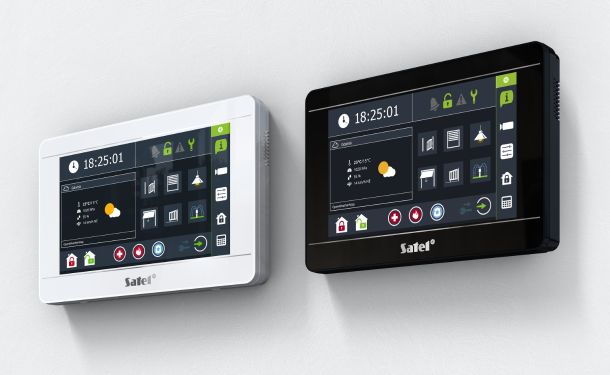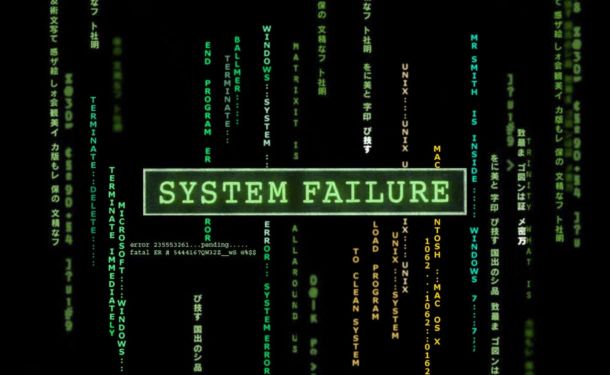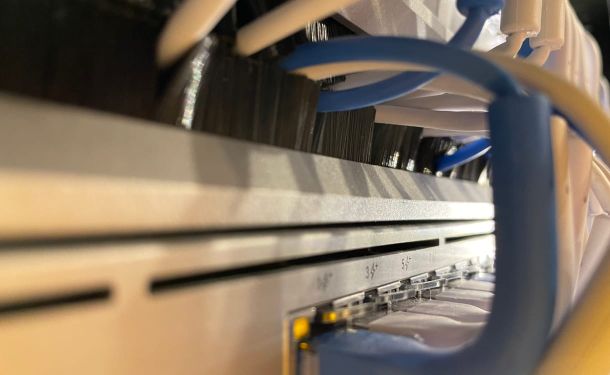CatX Cable - Which one do i use?
Question we've got asked all the time. One would think there's a ton of resources available on the subjects (there is), yet somehow this question comes back over and over again.
Here's the short answer: Cat6a
OK, but why? Why not Cat7, or maybe Cat5e would do?
Is it worh the extra cost?
Are we OK with unshielded or shielded cable is a must?
Lets dive a little deeper and see the differences and why use one over another.
Basics
These are basic concepts which determine your choices:
- Speed (Data Rate)
The amount of data it can transmit per second. - Cable Lenght
Maximum lenght of ethernet cable is 100 meters. That includes patch cables. If you need more than 100 meters of cable run between devices use fiber. - Shielding - used to reduce interference and improve quality of signal.
There are two types of shielding:
conductor shielding - shields each twisted pair.
cable shielding - shields all pairs, so basically it wraps entire thing. - Installation Location
If you need to run the cable in walls or uder floors it needs to meet local code. If you aren't sure, use CMP Ratted cables.
We won't be diving into cable construction, wire gauges, twist rates connector differences or "experiments" such as running Cat5e at 10 Gbps and so on for sake of keeping this article short and simple.
What are the Cable categories and how are they different?
Lets take a look at the most commonly used standard today Cat5
- Cat5
Rated at 100 Mbps at 100 meters. - Cat5e - not a "standard" but widely used by manufacturers to designate "enhanced" Cat5 cables
Rated at 1 Gbps at 100 meters.
As modern equipment is increasingly capable of speeds excedeing 1 Gbps and with room to grow in mind, lets take a look at newer standards
- Cat6
Rated at 1 Gbps at 100 meters. Wait, isn't Cat5e capable of the same speed? Yes, but Cat6 can achieve 10 Gbps at up to ...37 meters. - Cat6a - "a" stands for augemented
Rated at 10 Gbps at 100 meters. - Cat7/Cat7a - Not a standard (as per IEEE or TIA/EIA) or rather a "standard" developed by bunch of manufacturers. It requires a proprietary GG45 connectors, and is not widely popular.
Cat7a is rated at 10 Gbps up to 100 meters and 40 Gbps at up to 15 meters. - Cat8
Cat8 is rated at 25 Gbps up to 100 meters and 40 Gbps at up to 30 meters.
Whichever standard of cable you choose, remember to use dedicated connectors to go with it, so don't use Cat5 connectors with Cat6 cable for example. This is often overlooked as they seem almost the same but it makes a difference.
Right, so which cable is right for me?
Based on the above we can safely recommend Cat6a for general cabling.
It allows you fast data rates today and room to grow for the future.
Cat8 seems like a good choice for core infrastructure, but in our experience Cat8 cables are a pain to work with as they are thick and routing them is a bit of a challenge.
Moreover usually your core infrastructure resides in a single location (ie server room) or you've got a bunch of switches scattered around your facility, and so for these scenarios DAC cables (server room) or fiber optic cables (remote devices) are usually great chioce as they are much easier to work with than Cat8 cables.
As far as shielding - Use F/FTP (Cat7, Cat8 is always shielded)
Outdoor cables - If you need to run a cable which will be exposed to the sun or rain -
use exterior-grade CMX type.
Remember to use IP68 rated connectors.
We are always here to help with your projects.







